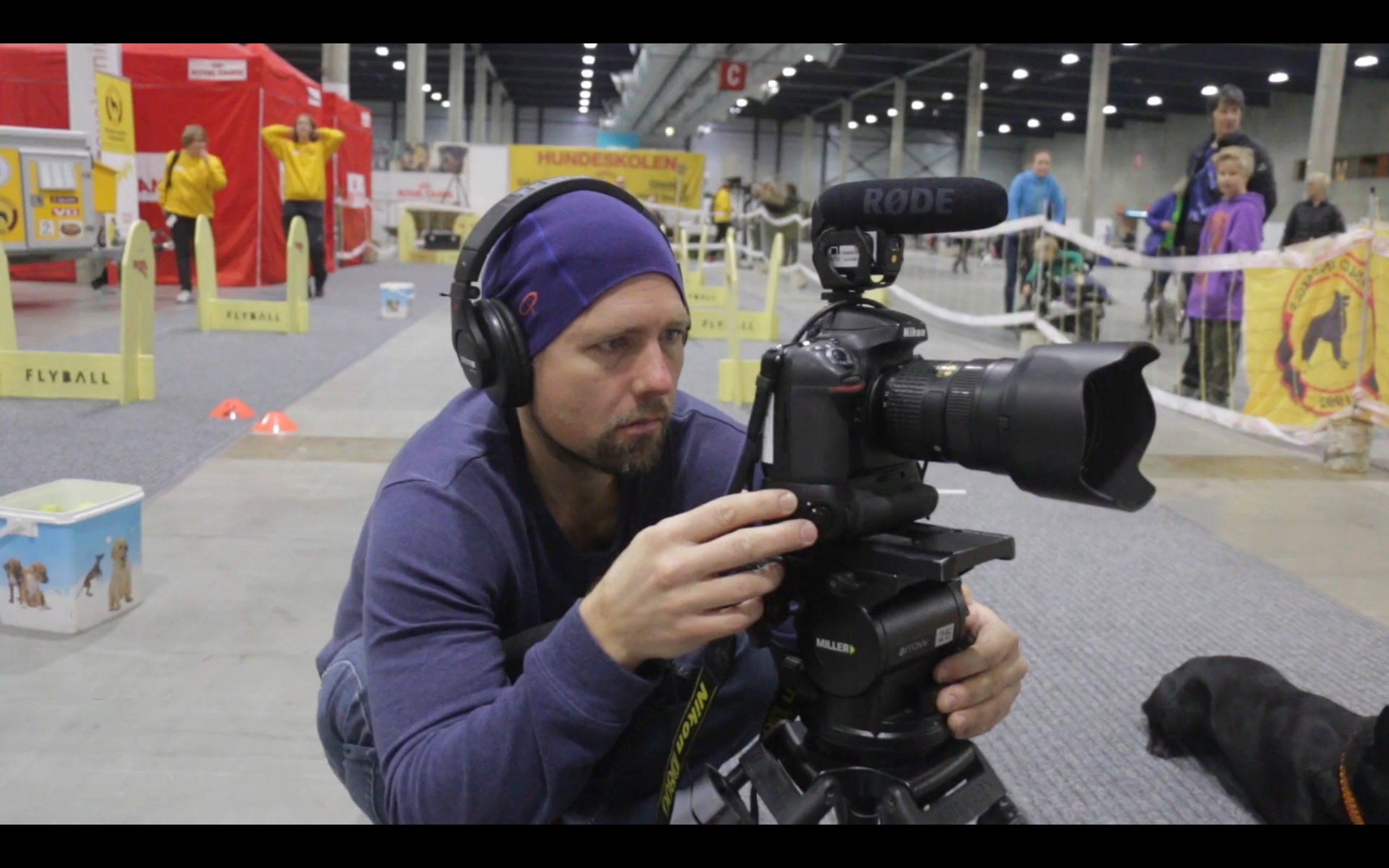Preparing Universities for the Future – An expert’s guide

Drew Cook was appointed Director of ICT at the University of Lincoln, in January 2012 and his first task was to develop an IT strategy that would support the University’s strategic plan.
When we caught up with Drew, he described a situation seen often in the education sector, where a lot of good IT work had been implemented, but in isolation from the overall business plan: “The IT strategy needed to provide a clear picture of the future and a roadmap of how to get there,” Drew explains.
Drew went on to explain just how he tackled this challenge and he highlights the lessons learned associated with some clear advice for IT leaders in education looking to achieve a similar step change.
Implementing a new strategy
With many years’ experience working in the private sector, Drew immediately recognised that an institution level perspective needed to be developed to allow the University of Lincoln to understand what needed to be done to deliver the strategy. To achieve this, an Enterprise Architecture practise was created within Drew’s IT team: “The enterprise architecture approach allowed our team to take a structured approach to understanding the University as an organisation, its structure, governance, external influences, information and processes before attempting to determine what systems and technologies were needed,” explains Drew.
From there, Drew and his team could tackle each of the challenges presented to them. Although some systems worked well in isolation and they might have been generously described as ‘best of breed’ solutions, Drew says there was a spider’s web of integrations which meant a consistent and accurate view of the information being managed was impossible. Furthermore, the growing student population was placing extremely high value on floor-space for teaching. Whilst the University was expanding, building new facilities and departments, the demands to provide AV and computing support across a growing campus increased. The need to look at alternative approaches and focus on a service-lead approach to IT delivery was evident.
This was one of the factors leading to a decision to consider the use of cloud based services as alternatives to on premise solutions. Drew explains there were a few caveats to this decision: “In addition to providing the right functionality any new cloud and Software as a Service delivered solutions had to provide a good user experience, perform well, be cost effective, not add to but ideally reduce technical complexity, whilst also meeting the information security, technical and compliance requirements of the University.”
Deploying the strategy
When Drew arrived at the University he found an IT team that had highly skilled and experienced people but an organisation structure that was focused on technology. This seemed to create artificial barriers within the department in the form of many small teams in technology silos. Breaking down these barriers and removing the silos was necessary to create a single service-focused team that understood the deliverables in the terms of teaching and learning, library services and student recruitment, rather than simply delivering servers, storage, networks and databases.
The enterprise architecture approach allowed Drew and the University to change how it deployed and delivered IT: “Instead of simply delivering systems we were able to bring all the components together into a cohesive, university wide strategy for digital and to deliver services that support the journey of students and staff through the university.”
Drew continued: “I knew we needed to take advantage of cloud, technologies from companies like Dropbox, Microsoft and Google. It was a strategy that would allow us to extend the range of services we offer to the University and also extend the capabilities of our data centres. If I can buy a service from a supplier which delivers application, service, infrastructure and support in a cost effective manner, why wouldn’t I?”. As a direct result, the University of Lincoln can deliver access to great tools and best-in-class services for the whole University community.
Looking back: lessons learned
Although the University understood and fully supported the IT strategy, using the architecture analogy of a house ‘his team had to find ways of working within the confines of the existing building’ – keeping the water, heating and lighting on at all times whilst the family were still living there. Drew explains: “Although the University recognised the importance of the plumbing they also wanted the decorating doing and some nice curtains and fluffy cushions thrown in! Making sure that you can identify some quick wins, ‘fluffy cushions and curtains’ as it were, to deliver early and intersperse within the delivery of the larger programmes of work, helps keep the support for the wider strategy and approach.”
For Drew, Enterprise Architecture was one of the keys to the success of the new strategy: “The views that the enterprise architecture approach generates allows IT and digital to be described in terms of services rather than technologies. Within the IT department this approach also allows you to create the link; however indirect, between what the IT team do day to day and the service that the members of the University community consume.”
The complexities of operating both on premise and cloud based solutions requires a re-think of your technical architecture. “Solutions badged as SaaS can simply be an on-premise solution wrapped up in a managed hosting package with a commercial offering based on traditional support and license fees,” Drew explains. “Careful and detailed discussion with the vendor is required to ensure they have architected their solution to be delivered as SaaS and that they understand the commercial advantages to both themselves and their customers of leveraging infrastructure and services to allow a move to a subscription based pricing model.”
Now five years into the project, Drew has had time to reflect on its success and look ahead to what’s next. We’ve asked him to share with us his advice for IT decision makers at UK universities. His advice is simple: “don’t rely on a five-year plan, technology is advancing so quickly, universities and the higher education environment continue to evolve, create a strategy that allows you to adapt. Our Vice Chancellor calls it the 21st century University, ultimately, we need to support the creation of the new University and deliver the improved experience for all members of the University community.
To find out more about how the cloud is helping the education sector deliver exceptional learning experiences for students click here. Or to find out how unlocking collaboration fuels innovation, read our ebook.




